Black and white photos of the Philippines from as far back as the late 1800s look shockingly modern with just a splash of color.
history (Page 17)
If you take a seat on the Yokohama subway next month don’t be surprised if a warlord from China’s Three Kingdoms period advises you on proper public transport behavior.
Wei leader Cao Cao showing you how to give up your seat, or legendary warrior Lu Bu advising you not to run onto trains are but two of the nine posters recently previewed online. Let’s take a look at them all!
Earlier this month, we looked at a collection of photos taken by the late Kusakabe Kimbei that showed the cityscapes of Japan as they looked in the late 1800s, right before the country’s rapid modernization. But Kimbei didn’t just photograph Japan, he also photographed the Japanese, so today we’re taking another trip back in time, but with a more personal touch, with dozens of photographs that show what daily life was like for the people of Japan generations ago.
For most modern gamers, the idea of rival video game giants Nintendo and Sony collaborating on a project is pretty much unthinkable. But believe it or not, back in the day when the Super Nintendo was king, Sony and Nintendo were supposed to team up to make a new console. Unfortunately the deal went sour, and it was thought that all prototypes of the mythical Sony-Nintendo console were gone.
Until now. A working copy of what has been dubbed the “Nintendo PlayStation” was recently brought to light and shown off online for the world to see. Join us after the jump to witness what could’ve been…
On 4 November, Ei Nakayama of The University of Shiga Prefecture made a historic announcement that eight man-made pillars had been found standing upright at the bottom of Lake Biwa in Shiga Prefecture.
Despite the country’s long history and relatively changeable landscape due to seismic and volcanic activity, this is actually the first time ruins have ever been found underwater in Japan.
While much of the world is celebrating Marty McFly coming back to the future on October 21, 2015, some of us are taking a look back to the past. A Chinese newspaper recently republished a batch of famous photos by French photographer Louis-Philippe Messelier depicting 1930s Shanghai, bringing them back into the limelight.
Japan’s Meiji period ushered in revolutionary changes to the country. As over 200 years of self-imposed isolation came to an end, centuries of economic, political, and scientific advances came flooding into Japan, and the nation’s thinkers and entrepreneurs began scrambling to modernize. Thanks to their efforts, soon after the Meiji period began in 1868, Japan had its first railways, banks, and apparently a dog-powered butter-making machine.
Japanese history can be a lot of fun to explore, from the Sengoku era to the modernization of Japan in the Meiji Period. We’re sure everyone has their own favorite time period, but one that doesn’t always get the respect it deserves is the Heian Period. Lasting roughly from 794 to 1185, the period was a relatively peaceful time in Japan that saw a blossoming of culture in everything from literature to music.
Unfortunately, we can’t just hop on a plane and go back in time to see everything for ourselves. But there is a hotel in Shikoku where you can experience a bit of the Heian life for yourself complete with period costumes, games, and architecture! So whether you’re a history buff or just need a major change of scenery, you’ll want to check out Gosho Yashiro no Mori!
Read More
Even in the modern era, you’ll find plenty of occasions in Japan to dress up in kimono, such as for festivals, fireworks exhibitions, or other special events (and considering how relatively easy it is to do, it’s something you really should try at least once). But as much as Japan may love its traditions and history, there aren’t too many occasions when you get to strap on a set of samurai armor, so when life gives you the opportunity to do so, like at this new photo studio in Tokyo, you won’t want to let it pass you by.
Somewhere along the way, people started calling Nissan’s GT-R, the company’s flagship sports car, “Godzilla.” It’s a fitting nickname, since the GT-R is intimidatingly powerful, and also because with a curb weight of 1,740 kilograms (3,836 pounds), it’s not exactly svelte.
Still, one American turning shop thinks there’s an even more apt comparison to be made that to the King of the Monsters, and has created a customized GT-R with its appearance based on the Imperial Japanese military’s World War II Zero fighter plane.
Japan has a fascinating art history. From early cord designs on clay vessels in the Jomon period (c. 11000–c. 300 BC) through to picture scrolls, ukiyo-e woodblock prints, and the distinctive style of animation that exists today, people in Japan have always found unique ways to capture the world around them for the rest of the world to see.
One little-known art technique from the 1800s is now making a comeback, and while its roots are firmly planted in Japan’s traditional history, it’s a method of printing that people all around the world can enjoy. All you need is paper, some paint and a nice-looking fish.
The Edo Period was a time of great change for Japan, in just about every way possible. Perhaps one of the areas of biggest change, though, was science and medicine, thanks to the numerous scholars who spent years learning not only from Western sources but also from their own work.
One of the pioneers of medicine in the Edo Period was Toshuku Neguro, an ophthalmologist who sketched the first Japanese diagram of the human skeleton. While it was likely a fairly gruesome job, Neguro’s sketches are somehow almost…cute?!
What would modern life be like without the humble toilet? Actually, we’d rather not think about that.
Many of us around the world should direct our thanks to TOTO Ltd., the world’s largest manufacturer of toilets and the very company that invented the washlet. In fact, Friday, August 28 marked the grand opening of the new TOTO Museum in Fukuoka Prefecture, where the company was originally founded in 1917.
Takashi Harada, our Japanese reporter who proclaims that he couldn’t survive a day without a washlet, immediately made a bee line to the new sanctuary to give thanks to the toilet gods and to learn a bit about the historical evolution of the toilet.
We’ve all been there, waking up late after the alarm didn’t go off or just hitting the snooze button a few hundred times too many. Sometimes the excuses are legitimate and sometimes everyone knows you didn’t actually get food poisoning while rescuing a Girl Scout troop from a box of bad cookies. Still, calling in sick has a timed-honored tradition of hard (and lazy) workers for decades — and, in fact, for centuries!
A recently discovered document on display at the Tochigi Prefectural Museum reveals the reason why one daimyo (samurai warlord) was late to an important meeting with his boss, the famous Toyotomi Hideyoshi. We’re guessing “Sorry, boss, I have a sore throat!” probably didn’t cut it with one of Japan’s great unifiers…
On August 14, 1945, US President Harry Truman announced the unconditional surrender of Japanese Emperor Hirohito, thereby ending World War II.
The surrender came after months of bombing raids across the Japanese countryside, two atomic bombs, and the Soviet Union’s declaration of war on the island nation.
The iron resolve of the Japanese was a major factor the US anticipated while planning the invasion of mainland Japan. The culture known for literally putting death before dishonor with practices such as hara-kiri would not, by any stretch of the imagination, go softly into surrender.
It’s hard to overstate what an excellent job Disney does with its marketing in Japan. In a country that produces more mainstream animation than anywhere else on the planet, Disney still manages to stand out from the domestically made competition, winning the hearts of Japanese audiences and turning them into life-long fans.
At least part of that success is thanks to the company’s willingness to adapt to local tastes, as Disney’s two Tokyo-area theme parks put a greater emphasis on shows, parades, and seasonal events than their counterparts in the U.S. On the merchandising end, there are not only high-class items created specifically for Japan, but entire retail divisions.
Still, everyone makes mistakes, and Disney made a big one when it sent out a message from its official Japanese Twitter account declaring the date of the atomic bombing of Nagasaki to be Nothing Special Day.
Declassified photos show the US’s final preparations for the only nuclear weapons attacks in history
On August 6th and 9th of 1945, the United States dropped atomic bombs over the Japanese cities of Hiroshima and Nagasaki, causing significant death and destruction in both places. To this day, the bombings remain history’s only acts of nuclear warfare.
A lot has been established about the immediate preparations for the dropping of the bombs, known as “Little Boy” and “Fat Man,” which were loaded onto airplanes on the North Field airbase on Tinian Island, part of the Northern Mariana Islands to the south of Japan.
Until recently few photographs were available of the final hours before the bombings. But newly declassified pictures shed additional light on the procedures leading up to the nuclear attacks, giving a chilling glimpse into how and where the most destructive bombs ever used in warfare were loaded.
Singapore is an island country so small you can barely see it on the world map. But despite its modest size, Singapore is among the most globalised countries you’ll ever visit, one of the world’s major commercial hubs, and sees over 15 million tourists each year. And no, in case you were wondering, Singapore is not a part of China.
Some of you may have visited the city-state on a vacation or business trip, but do you know Singapore beyond its modern, bustling cityscape? In celebration of the nation’s 50th National Day, animation director Ervin Han and team created a 16-minute animation that looks back at the 80 years of ups and downs Singapore went through to get to where it is today. Get your history crash course after the break!
Groups of people moving to a new country often settle in the same area together, creating a little neighborhood reminiscent of their old lives in their new homes. In the U.S., we have a Chinatown or Little Italy in almost every big city, and Japan has the same thing too. They even have something you may have never heard of: Little America towns that used to house U.S. military personnel.
But what happens when the military decides they don’t want to live there anymore? Then you get a place like Johnson Town in Saitama Prefecture, where you’d swear you were walking around rural America, if not for the fact that it’s entirely populated by Japanese people.
What is one of these Little America towns in Japan like? And, most importantly, do they have good American-style food? A reporter from our Japanese sister site went to investigate and bring you all the answers, some of which may surprise you.
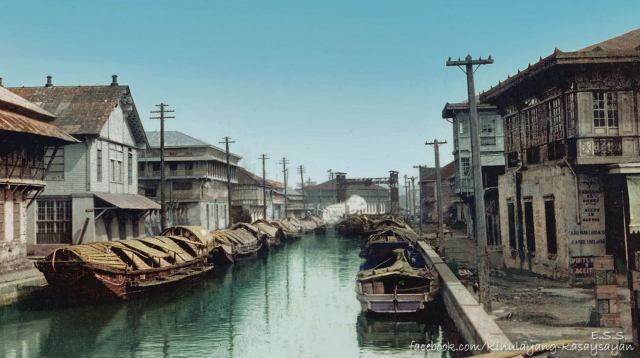
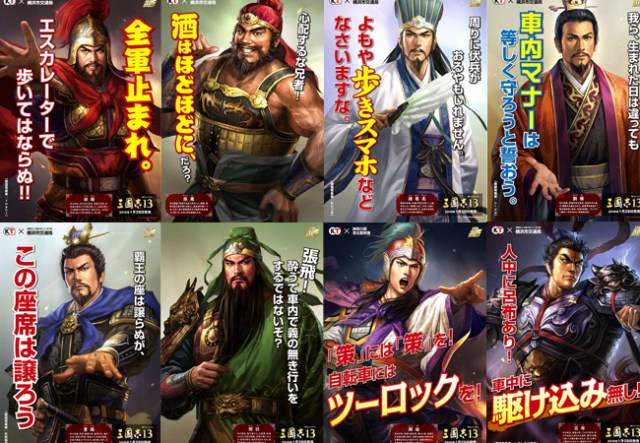
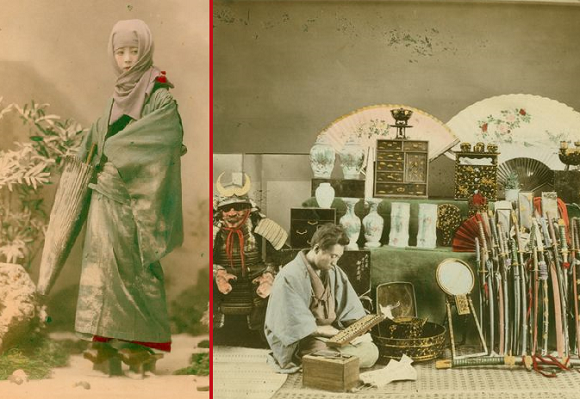
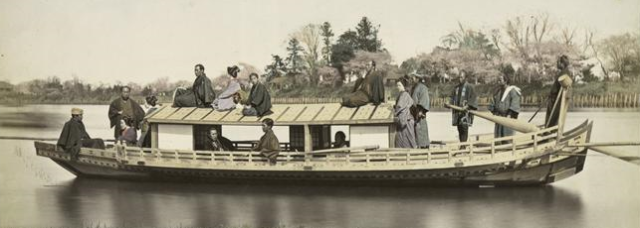
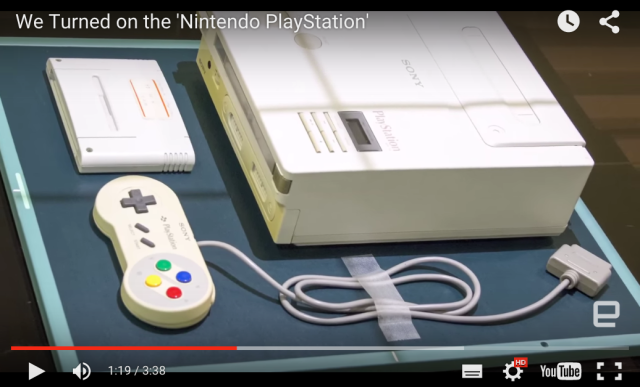
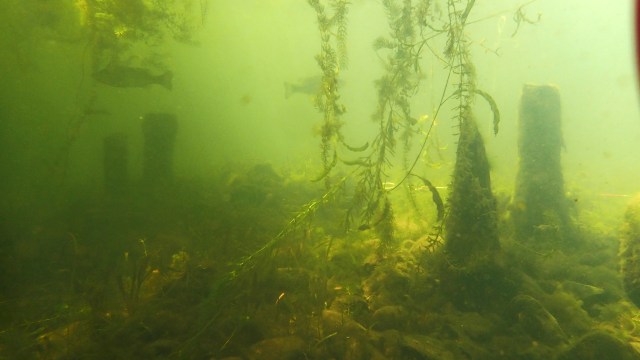
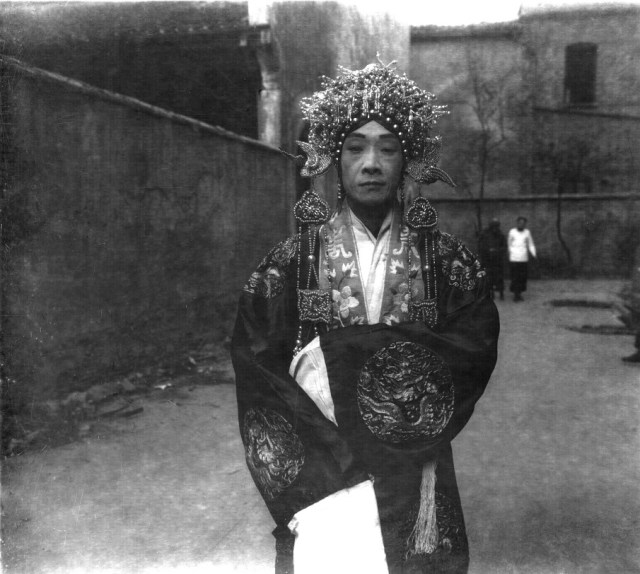
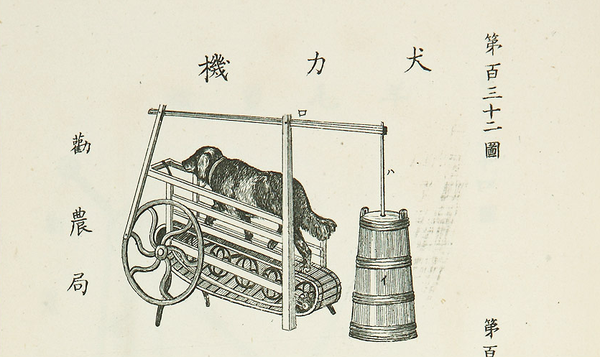
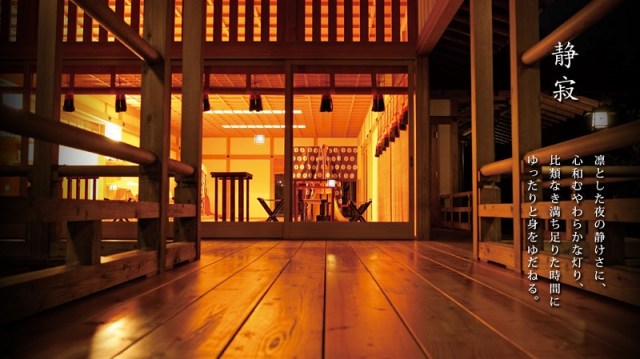
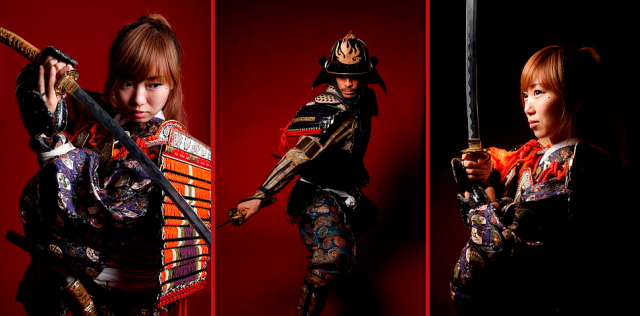
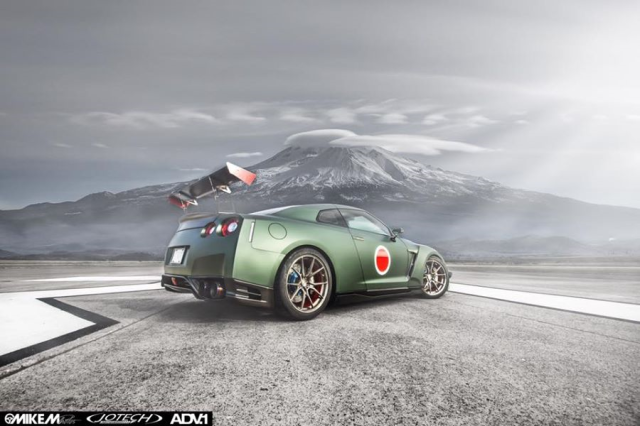
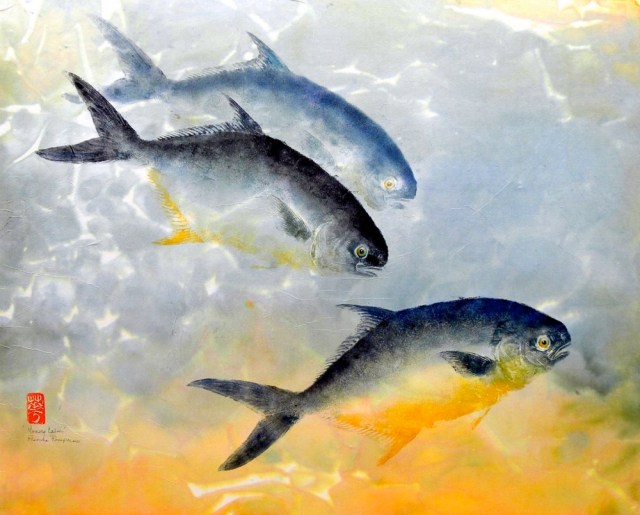
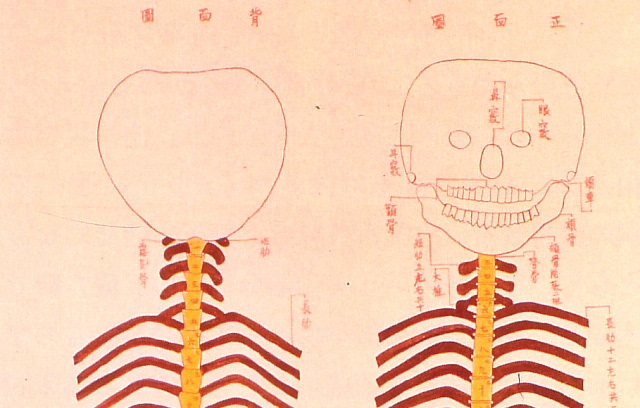
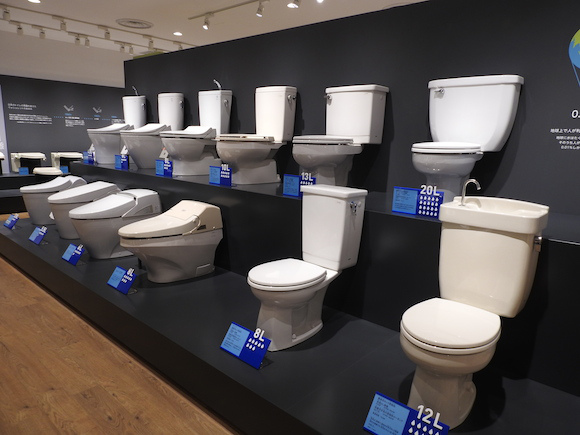
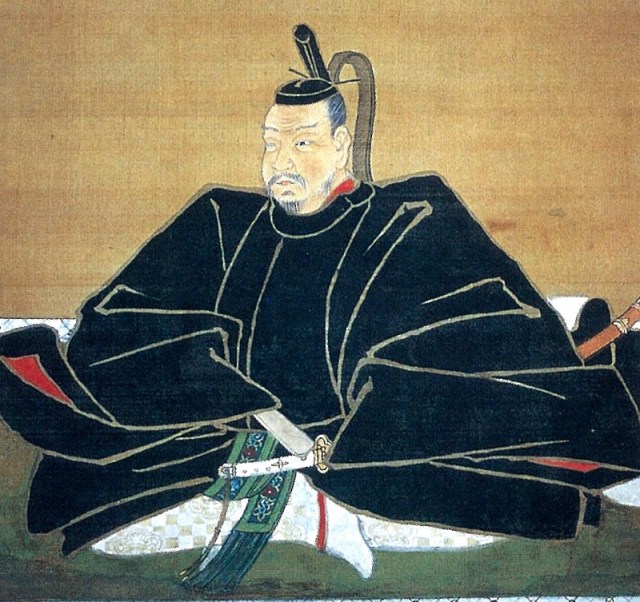
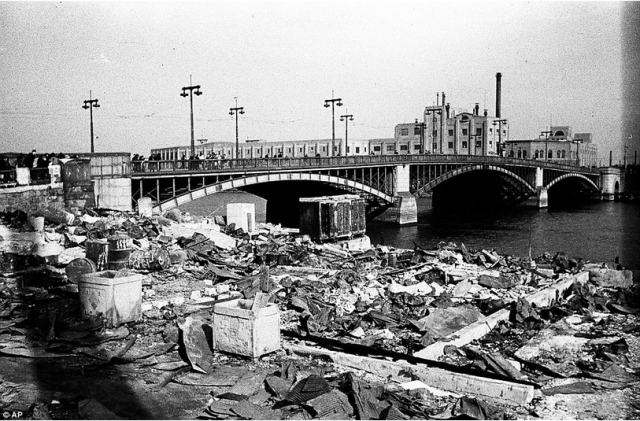
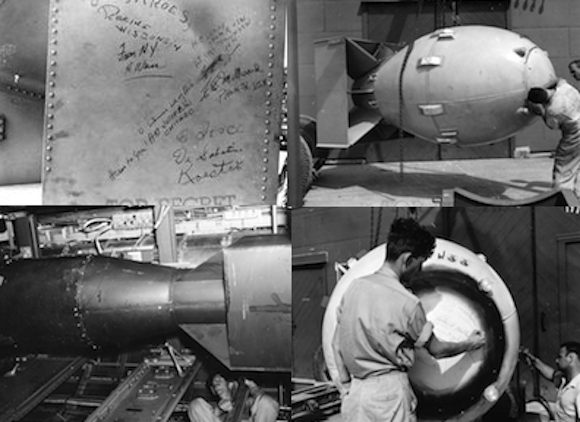
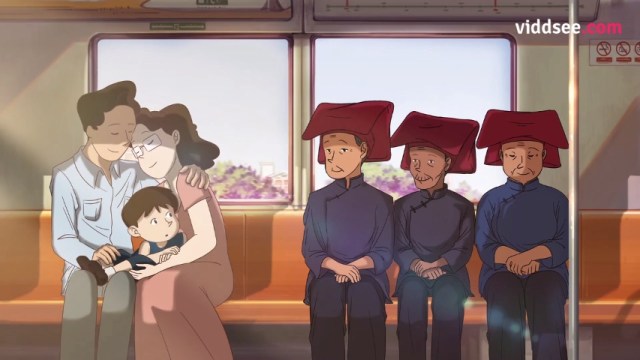
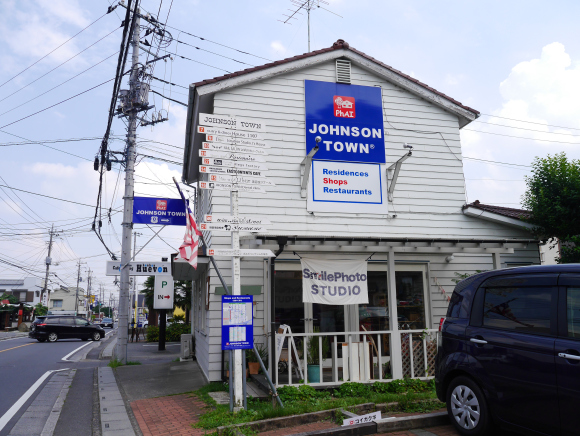
 McDonald’s new Happy Meals offer up cute and practical Sanrio lifestyle goods
McDonald’s new Happy Meals offer up cute and practical Sanrio lifestyle goods More foreign tourists than ever before in history visited Japan last month
More foreign tourists than ever before in history visited Japan last month Starbucks reopens at Shibuya Scramble Crossing with new look and design concept
Starbucks reopens at Shibuya Scramble Crossing with new look and design concept Beautiful Sailor Moon manhole cover coasters being given out for free by Tokyo tourist center
Beautiful Sailor Moon manhole cover coasters being given out for free by Tokyo tourist center Is the new Shinkansen Train Desk ticket worth it?
Is the new Shinkansen Train Desk ticket worth it?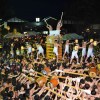 “Half-naked men only in loincloths” drum battle returns to Hida festival for first time in five years
“Half-naked men only in loincloths” drum battle returns to Hida festival for first time in five years The oldest tunnel in Japan is believed to be haunted, and strange things happen when we go there
The oldest tunnel in Japan is believed to be haunted, and strange things happen when we go there Osaka’s creepy cute mascot speaks for first time, adds more fuel the creepy OR cute debate【Video】
Osaka’s creepy cute mascot speaks for first time, adds more fuel the creepy OR cute debate【Video】 Our reporter takes her 71-year-old mother to a visual kei concert for the first time
Our reporter takes her 71-year-old mother to a visual kei concert for the first time Is Japan’s massive Shizuoka steak sandwich really as delicious as it looks in promo photos?
Is Japan’s massive Shizuoka steak sandwich really as delicious as it looks in promo photos? Disney princesses get official manga makeovers for Manga Princess Cafe opening in Tokyo
Disney princesses get official manga makeovers for Manga Princess Cafe opening in Tokyo We try out “Chan Ramen”, an underground type of ramen popular in the ramen community
We try out “Chan Ramen”, an underground type of ramen popular in the ramen community Beautiful new Final Fantasy T-shirt collection on the way from Uniqlo【Photos】
Beautiful new Final Fantasy T-shirt collection on the way from Uniqlo【Photos】 Foreign English teachers in Japan pick their favorite Japanese-language phrases【Survey】
Foreign English teachers in Japan pick their favorite Japanese-language phrases【Survey】 There’s a park inside Japan where you can also see Japan inside the park
There’s a park inside Japan where you can also see Japan inside the park Japanese convenience store packs a whole bento into an onigiri rice ball
Japanese convenience store packs a whole bento into an onigiri rice ball Studio Ghibli releases Kiki’s Delivery Service chocolate cake pouches in Japan
Studio Ghibli releases Kiki’s Delivery Service chocolate cake pouches in Japan Japan’s bone-breaking and record-breaking roller coaster is permanently shutting down
Japan’s bone-breaking and record-breaking roller coaster is permanently shutting down New definition of “Japanese whiskey” goes into effect to prevent fakes from fooling overseas buyers
New definition of “Japanese whiskey” goes into effect to prevent fakes from fooling overseas buyers Foreign passenger shoves conductor on one of the last full runs for Japan’s Thunderbird train
Foreign passenger shoves conductor on one of the last full runs for Japan’s Thunderbird train Our Japanese reporter visits Costco in the U.S., finds super American and very Japanese things
Our Japanese reporter visits Costco in the U.S., finds super American and very Japanese things Kyoto bans tourists from geisha alleys in Gion, with fines for those who don’t follow rules
Kyoto bans tourists from geisha alleys in Gion, with fines for those who don’t follow rules Studio Ghibli unveils Mother’s Day gift set that captures the love in My Neighbour Totoro
Studio Ghibli unveils Mother’s Day gift set that captures the love in My Neighbour Totoro Domino’s Japan now sells…pizza ears?
Domino’s Japan now sells…pizza ears? New Japanese KitKat flavour stars Sanrio characters, including Hello Kitty
New Japanese KitKat flavour stars Sanrio characters, including Hello Kitty Sales of Japan’s most convenient train ticket/shopping payment cards suspended indefinitely
Sales of Japan’s most convenient train ticket/shopping payment cards suspended indefinitely Sold-out Studio Ghibli desktop humidifiers are back so Totoro can help you through the dry season
Sold-out Studio Ghibli desktop humidifiers are back so Totoro can help you through the dry season Japanese government to make first change to romanization spelling rules since the 1950s
Japanese government to make first change to romanization spelling rules since the 1950s Ghibli founders Toshio Suzuki and Hayao Miyazaki contribute to Japanese whisky Totoro label design
Ghibli founders Toshio Suzuki and Hayao Miyazaki contribute to Japanese whisky Totoro label design Doraemon found buried at sea as scene from 1993 anime becomes real life【Photos】
Doraemon found buried at sea as scene from 1993 anime becomes real life【Photos】 Tokyo’s most famous Starbucks is closed
Tokyo’s most famous Starbucks is closed One Piece characters’ nationalities revealed, but fans have mixed opinions
One Piece characters’ nationalities revealed, but fans have mixed opinions We asked a Uniqlo employee what four things we should buy and their suggestions didn’t disappoint
We asked a Uniqlo employee what four things we should buy and their suggestions didn’t disappoint Princesses, fruits, and blacksmiths: Study reveals the 30 most unusual family names in Japan
Princesses, fruits, and blacksmiths: Study reveals the 30 most unusual family names in Japan Studio Ghibli’s new desktop Howl’s Moving Castle will take your stationery on an adventure
Studio Ghibli’s new desktop Howl’s Moving Castle will take your stationery on an adventure “Half-naked men only in loincloths” drum battle returns to Hida festival for first time in five years
“Half-naked men only in loincloths” drum battle returns to Hida festival for first time in five years The oldest tunnel in Japan is believed to be haunted, and strange things happen when we go there
The oldest tunnel in Japan is believed to be haunted, and strange things happen when we go there Osaka’s creepy cute mascot speaks for first time, adds more fuel the creepy OR cute debate【Video】
Osaka’s creepy cute mascot speaks for first time, adds more fuel the creepy OR cute debate【Video】 Our reporter takes her 71-year-old mother to a visual kei concert for the first time
Our reporter takes her 71-year-old mother to a visual kei concert for the first time Is Japan’s massive Shizuoka steak sandwich really as delicious as it looks in promo photos?
Is Japan’s massive Shizuoka steak sandwich really as delicious as it looks in promo photos? All-you-can-drink Starbucks and amazing views part of Tokyo’s new 170 meter-high sky lounge
All-you-can-drink Starbucks and amazing views part of Tokyo’s new 170 meter-high sky lounge Arrest proves a common Japanese saying about apologies and police
Arrest proves a common Japanese saying about apologies and police Tokyo’s most famous arcade announces price increase, fans don’t seem to mind at all
Tokyo’s most famous arcade announces price increase, fans don’t seem to mind at all Why isn’t there more deer poo in Nara Park? This very strange museum has the answer【Photos】
Why isn’t there more deer poo in Nara Park? This very strange museum has the answer【Photos】 Devoted David Bowie fan in Japan attempts to commit suicide following rock legend’s death
Devoted David Bowie fan in Japan attempts to commit suicide following rock legend’s death Step back in time to the Edo period at this unusual highway rest stop in Japan
Step back in time to the Edo period at this unusual highway rest stop in Japan Randomly running into a great sushi lunch like this is one of the best things about eating in Tokyo
Randomly running into a great sushi lunch like this is one of the best things about eating in Tokyo Dogs now allowed on Catbus! Ghibli Park vehicles revise service animal policy
Dogs now allowed on Catbus! Ghibli Park vehicles revise service animal policy